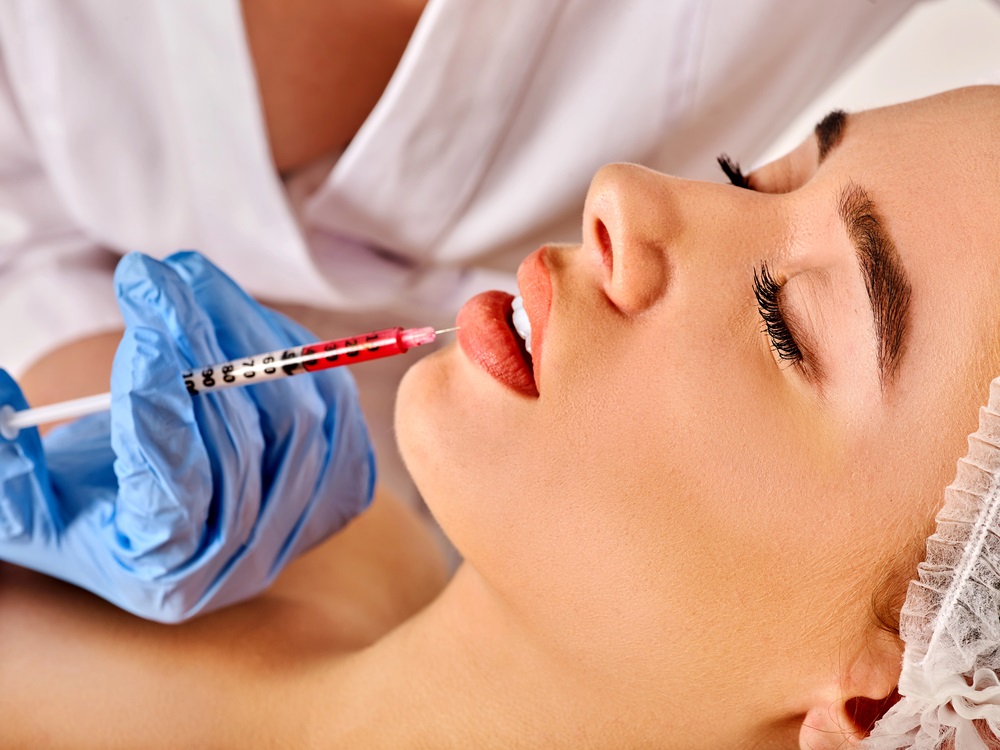When it comes to non-surgical facial rejuvenation, two of the most popular treatments are Botox and dermal fillers. Both have their unique strengths, but it’s important to know which treatment works best for specific concerns. While Botox is widely known for reducing muscle movement and softening dynamic wrinkles, fillers are unmatched when it comes to restoring volume, enhancing contours, and treating static lines. In fact, many experts recommend Dermal Fillers in Islamabad as the superior option for certain areas of the face where Botox alone may not provide optimal results.
Understanding Botox and Dermal Fillers
Before comparing the two, it helps to understand what each treatment does:
- Botox: A purified neurotoxin that temporarily relaxes muscles, preventing them from contracting. It is most effective for treating dynamic wrinkles caused by repeated facial movements, such as frown lines and crow’s feet.
- Dermal Fillers: Injectable gels, usually made of hyaluronic acid, that restore volume, smooth deep folds, and enhance facial features like lips, cheeks, and jawlines.
Both treatments are safe, minimally invasive, and deliver quick results. However, they are designed for different purposes, and dermal fillers often stand out in areas where structural enhancement is needed.
Why Dermal Fillers Excel in Certain Areas
1. Cheeks and Midface Volume
One of the first places we lose volume as we age is the midface. Sunken cheeks or hollow areas make the face look tired and aged. Botox cannot address this issue because it only affects muscles—it does not add volume.
Dermal fillers, however, are specifically designed to plump and restore fullness. By injecting fillers into the cheeks, practitioners can lift sagging skin, improve facial contours, and create a more youthful, balanced appearance.
2. Nasolabial Folds
The deep lines that run from the sides of the nose to the corners of the mouth are known as nasolabial folds. Botox has little to no impact on these creases because they are caused by volume loss rather than muscle movement.
Dermal fillers work perfectly here by filling in the hollow areas, instantly reducing the depth of the folds. This creates a smoother transition between the cheeks and the mouth.
3. Marionette Lines
Marionette lines, which extend downward from the corners of the mouth, contribute to a sad or tired expression. Botox cannot correct these lines effectively, but fillers can lift and support the skin around the mouth, softening their appearance and giving a more youthful look.
4. Lips and Lip Borders
When it comes to lip enhancement, dermal fillers are the gold standard. Botox may be used in tiny doses for a “lip flip,” but it does not add volume. Fillers, on the other hand, can define the lip borders, increase fullness, and smooth out vertical lip lines, making them the preferred treatment for lip rejuvenation.
5. Under-Eye Hollows
Dark circles and hollow under-eyes are often the result of volume loss rather than muscle activity. Botox cannot fix this issue, but dermal fillers can. By carefully placing filler in the tear trough area, practitioners can restore volume, brighten the eyes, and reduce tired-looking shadows.
6. Jawline and Chin Contouring
For patients who want sharper jawlines or improved chin definition, Botox provides minimal results. Dermal fillers, however, can sculpt and contour these areas by adding structure and volume, creating a more balanced facial profile.
Where Botox Still Works Best
Although dermal fillers outperform Botox in certain areas, it’s important to recognize Botox’s strengths as well:
- Forehead lines: Botox relaxes overactive forehead muscles.
- Frown lines: It smooths the “11 lines” between the eyebrows.
- Crow’s feet: Perfect for softening lines around the eyes.
- Excessive sweating: Botox is used for hyperhidrosis treatment.
This is why many patients benefit from a combination of both treatments. Botox reduces dynamic wrinkles, while fillers restore volume and enhance facial structure.
The Advantages of Choosing Dermal Fillers
- Instant Results: Fillers provide immediate improvement, unlike Botox, which takes a few days to show results.
- Volume Restoration: They address age-related hollowing and sagging, something Botox cannot do.
- Versatility: Fillers can be used in multiple areas—cheeks, lips, jawline, under-eyes, and hands.
- Natural Look: Properly placed fillers enhance features without freezing facial expressions.
- Long-Lasting Effects: Results can last from 6 months to 2 years depending on the filler type.
Are Dermal Fillers Right for You?
Dermal fillers are ideal for patients who want to:
- Restore facial volume lost due to aging.
- Smooth static wrinkles and deep folds.
- Enhance natural features like lips, cheeks, or jawlines.
- Achieve a youthful look without surgery.
It is important to have a consultation with an experienced practitioner to determine whether fillers, Botox, or a combination of both will best suit your needs.
Safety and Expertise Matter
The success of dermal filler treatments depends greatly on the skill of the injector. When performed by trained professionals, fillers are safe and deliver natural-looking results. Poorly performed treatments, however, can lead to asymmetry or an unnatural appearance. That is why choosing the right clinic and specialist is essential.
Conclusion
While Botox has its place in cosmetic treatments, dermal fillers prove to be more effective in areas requiring volume restoration, contouring, and deep wrinkle correction. From cheeks to under-eyes, lips, and jawlines, fillers address concerns that Botox simply cannot. In many cases, the combination of the two treatments provides the most comprehensive results.





Comments